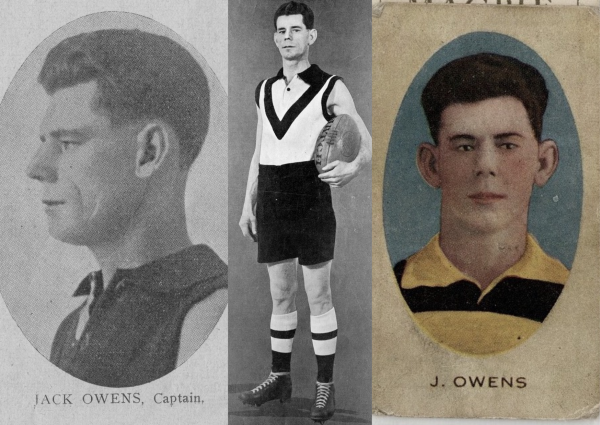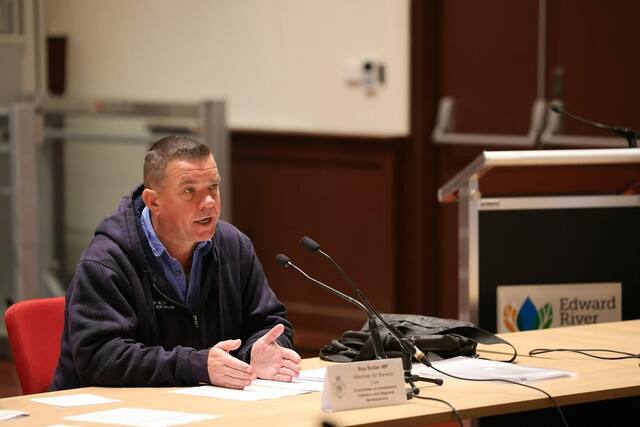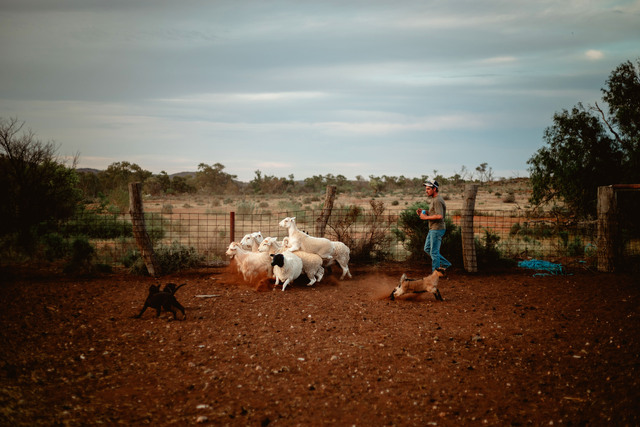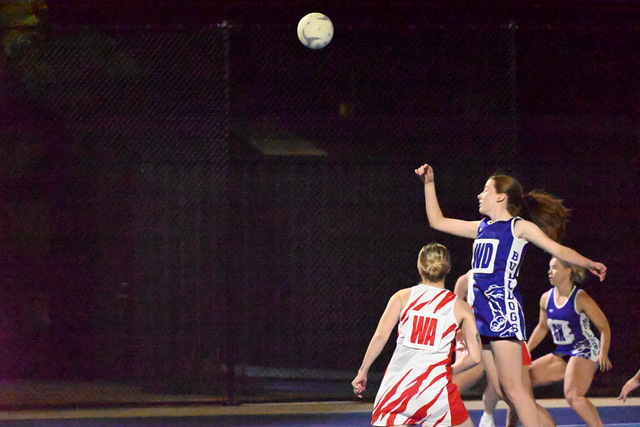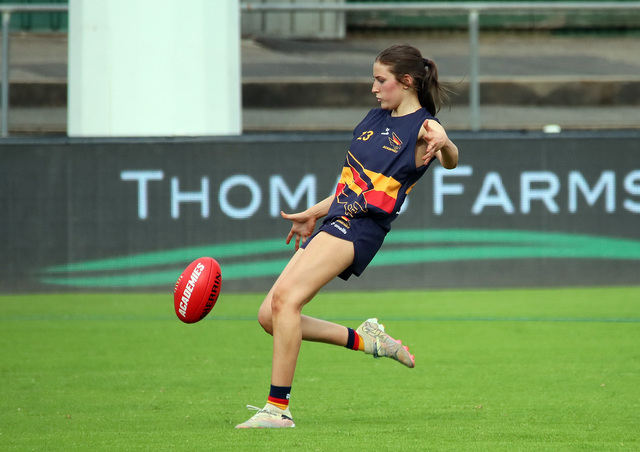HAILING from the West Broken Hill Robins Football Club, Jack Owens is an undeniable goal kicking icon of the South Australian National Football League (SANFL), comfortably sitting alongside the great goalsneaks in the code.
He was of the same ilk as Farmer, Coventry, Coleman, Churchett, Evans, Hodges Dunstall, Lockett and company.
His career spanned from 1924 to 1935, between the two World Wars, in an era where goal scoring was strong.
Across 177 games he kicked 827 goals, averaging 4.77 goals a match across his stellar career.
Owens was a prolific left footed full-forward who excelled despite playing much of his career falling during the foundation years of the Glenelg Tigers when they were regarded as one of South Australian league’s weakest team.
A mollydooker, like Western Australian goal kicking ace George Doig, he favoured the screw punt when he lined up for goals.
It was effective as he topped Glenelg’s goalkicking every year from 1924 to 1932, as well as for a tenth time in 1934.
In three of those seasons he was the SANFL league’s leading goal scorer, outright winner in 1927 and 1928 with 80 and 83 goals respectively while he tied for the mantle of the SANFL’s top sharpshooter honour in 1932 with AFL Hall of Famer North Adelaide’s Ken Farmer on 102 goals.
Owens kicked 10 goals in a game on 10 separate occasions. He best effort was 13 majors against Port and South Adelaide in successive games in 1932.
He kicked a century of majors only once during his career, but snaffled more than 50 goals across another seven seasons, including a haul of 99 in 1930.
Towards the end of his career, Glenelg began to become more competitive.
In 1934, he captained the club to their inaugural SANFL premiership, when under the coaching of fellow Silver City icon, dual Magarey medallist Bruce McGregor, he was the on-field leader in the Bays’ nine-point win over Port Adelaide, winning the game 18.15 (123) to 16.18 (114).
“It was a great win,” Owens, who kicked 3.3 on grand final day, said in Adelaide’s The Advertiser on the Monday after the ’34 premiership.
“All our players pulled their weight, and it was our combined team work that enabled us to defeat the powerful Port team.
“It is a great time for the Glenelg club, and I am particularly pleased that we showed our true form.”
He was also South Australian captain for interstate matches in both 1933 and 1934.
Across his career he appeared for South Australia on nine occasions and kicked 26 goals and also played in the 1927 national carnival in Melbourne.
It was suggested he was capable of making the ball swerve sharply in the air, enabling him to kick goals from seemingly impossible angles.
Owens had good ground skills, often beating two or three opponents when the ball hit the turf, and he marked strongly, particularly out in the open after making a fast lead.
At the age of 32 however, Owens was on the decline so quickly that in 1935 he announced his retirement after just three games and eight goals.
In 2002, Owens was in the first group of players inducted into the South Australian Football Hall of Fame and, as expected, also is a member of the Glenelg Football Clubs Hall of Fame.
“Jack Owens made up for a lack of height and weight with great anticipation and judgement and an uncanny ability to time his leap,” Glenelg historian Peter Cornwall explained.
“His left-foot screw punts were long and straight.
“He was continually handed out rough treatment with two or three opponents competing with him for marks but he still consistently managed to kick bags of goals.”
Only seven years after his career finished in 1942, he died after a long illness, aged 40.

